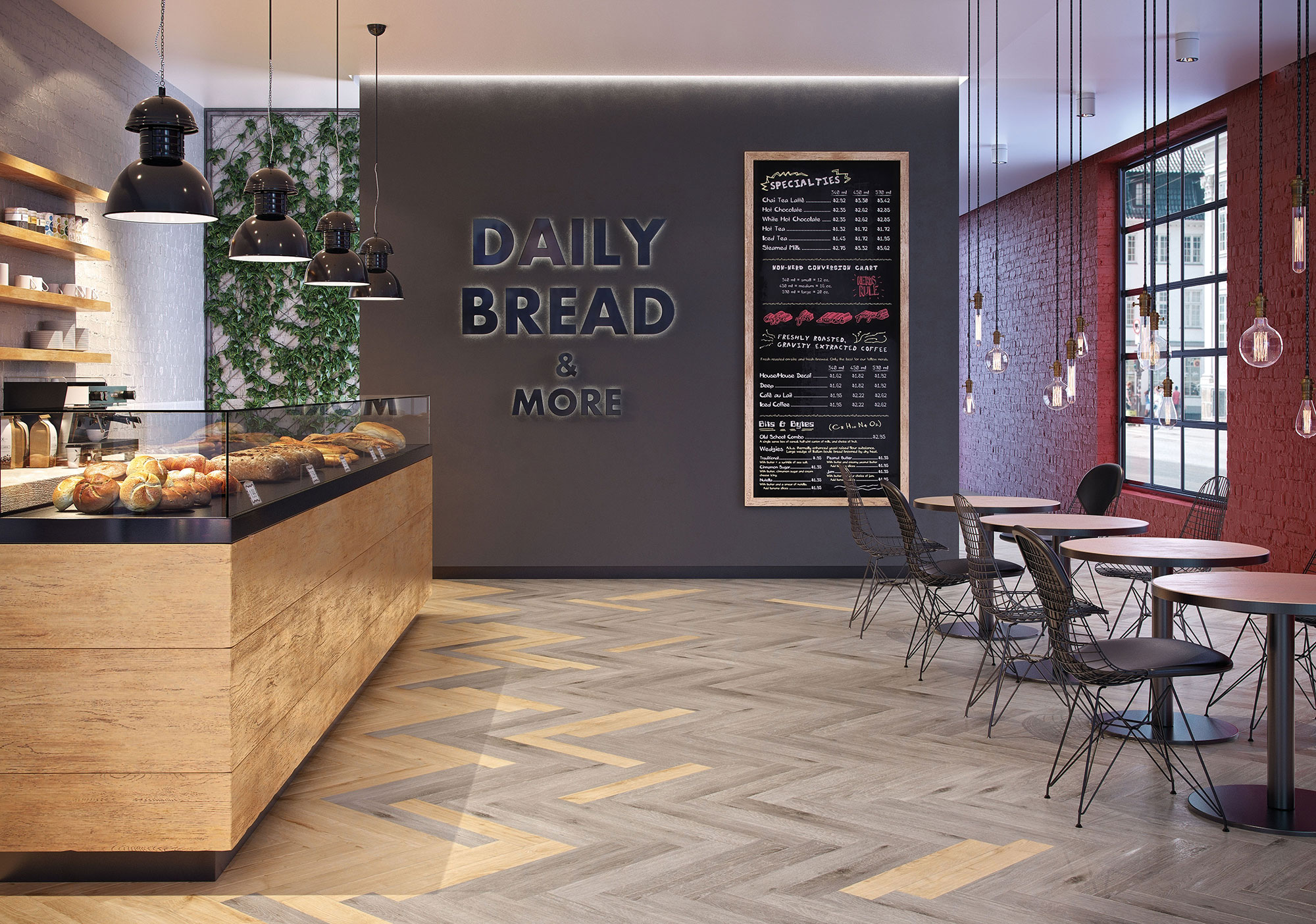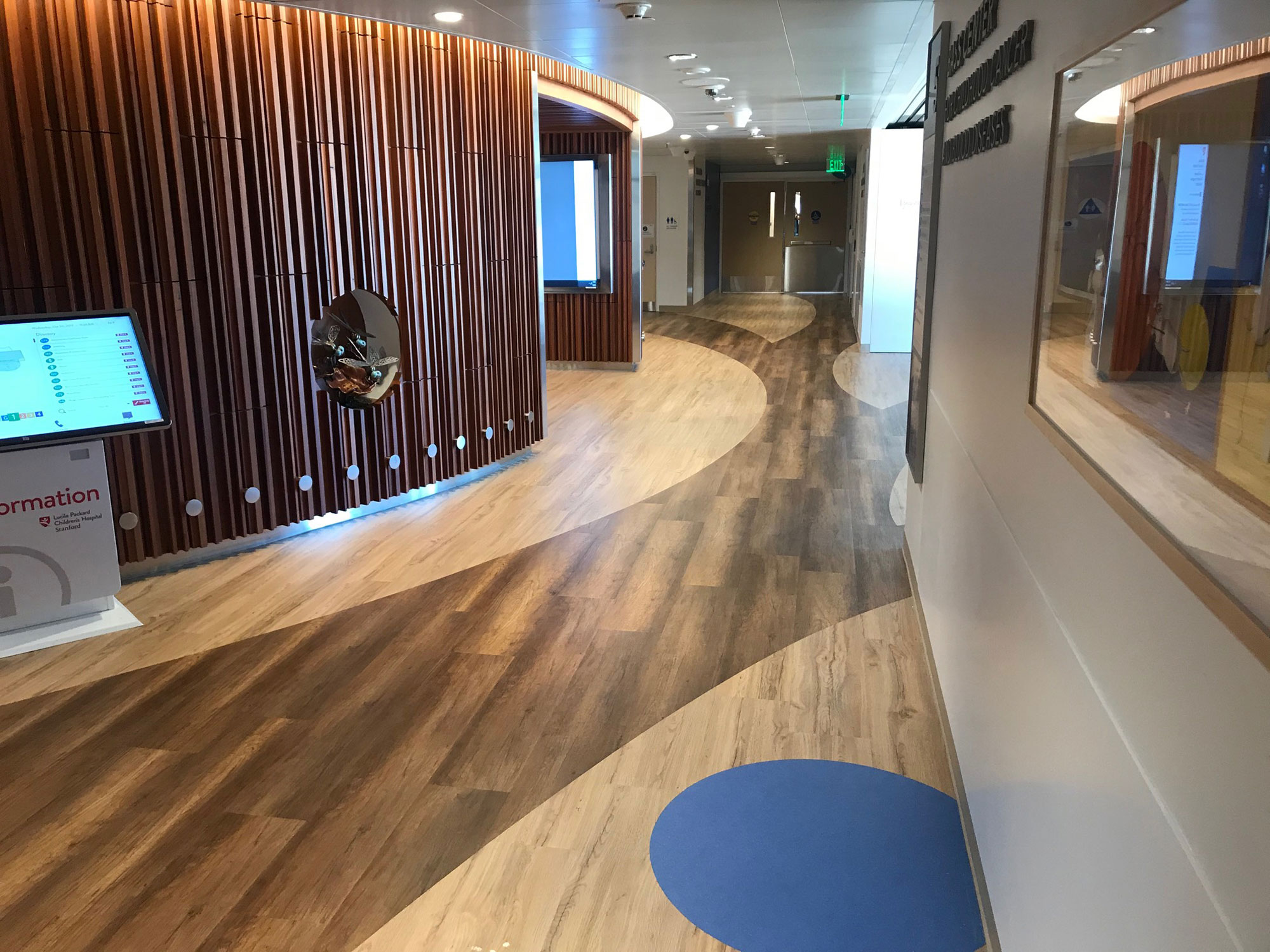Innovations in Resilient Flooring
Learning Objectives:
- Define “PVC-free” flooring materials and discuss their health and safety benefits for building occupants.
- Describe the significance of industry testing standards for flooring performance and gain familiarity with applicable ASTM (American Society for Testing and Materials) product specifications.
- Specify PVC-free resilient flooring materials confidently, matching their attributes to commercial environments and projects that are pursuing green certification.
- Utilize third-party sustainability tools to evaluate PVC-free resilient flooring materials.
Credits:
This course is approved as a Structured Course
This course can be self-reported to the AANB, as per their CE Guidelines
Approved for structured learning
Approved for Core Learning
This course can be self-reported to the NLAA
Course may qualify for Learning Hours with NWTAA
Course eligible for OAA Learning Hours
This course is approved as a core course
This course can be self-reported for Learning Units to the Architectural Institute of British Columbia

Photo courtesy of Windmoeller Inc.
Sunnyvale Elementary, built during a boom of community growth in the 1980s, was overdue for a makeover. The outdated vinyl composite tile (VCT) flooring in the corridors and first-floor classrooms was not only showing its age with scratches, dents, and stains, but the presence of the material itself raised concerns due to potential health risks associated with chemicals of concern in the construction of PVC-based flooring. The school's facilities management team, led by Sarah Rodriguez, along with the school administration and board representatives, embarked on a mission to find a new flooring solution. Additionally, the team’s vision had another layer–to achieve LEED v4 certification. As this green building rating system recognizes and rewards environmentally responsible practices, any flooring product selected would need to uphold those values.
Vinyl flooring commands a significant part of the resilient flooring market, thanks to its versatility, affordability, and performance characteristics. Beyond the fictional case study of Sunnyvale Elementary, vinyl flooring can be and is used in various types of buildings.
However, the PVC (polyvinyl chloride) used to make vinyl flooring products faces rising concerns and government scrutiny about health impacts and environmental hazards involved in its production, transportation, and disposal. PVC is a synthetic polymer that studies have shown when burned releases a group of harmful chemicals called dioxins that are persistent in the environment and can lead to serious health issues. The inclusion of PVC in projects is opposed by various groups and some design firms like Perkins + Will.1 Prominent end users like Kaiser Permanente2 and Harvard University3 will not specify it.
On December 14, 2023, the U.S. Environmental Protection Agency (EPA) announced that it is beginning the process of prioritizing five additional toxic chemicals for risk evaluation under the Toxic Substances Control Act (TSCA). Among those substances is Vinyl Chloride (CASRN 75-01-4).
The inclusion of vinyl chloride is notable for the flooring industry because of its wide use in the market. While the EPA’s announcement does not mean an abrupt ban on vinyl chloride or its derivative products is on the immediate horizon, it sparks critical questions about the future of a significant segment of the flooring industry.
The EPA decision aligns with the increased market trend specifying new, resilient flooring materials that are PVC-free. To navigate this wave of change toward both healthier and more sustainable flooring, it is vitally important that design professionals and specifiers understand what is meant by the terms “resilient flooring” and “PVC-free” flooring materials.
WHAT IS MEANT BY RESILIENT FLOORING AND PVC-FREE
The head of Sunnyvale Elementary’s facilities management team Sarah Rodriguez decided to hire Amelia Moore, a seasoned lead interior designer known for her creativity and commitment to healthy spaces. Amelia understood the importance of a durable yet visually stimulating learning environment while keeping sustainability a top priority. She knew the new flooring for the school had to meet a stringent set of criteria:
- High Performance: Withstand the constant activity of hundreds of energetic students. This meant resisting scratches, dents, scuffs, and the relentless rolling of chairs and carts.
- Easy Maintenance: Busy school days demand minimal cleaning downtime. The ideal floor would be stain-resistant and easy to keep clean, minimizing disruption during class hours.
- PVC-Free and Sustainable: The school board prioritized the health and well-being of students and staff. They wanted a flooring solution free of PVC and VOCs, ensuring a healthy indoor environment.
- Impact Absorption: Dropped textbooks, rambunctious playtime–the floor needed to absorb impacts to prevent injuries and increase the life of the flooring.
- Design Flexibility: Sunnyvale wasn't just about function; for their redesign, the school craved a vibrant learning atmosphere. The ideal floor would offer a variety of design options to create themed learning areas within the four sections of the corridor and classrooms.
- LEED: Sunnyvale's pursuit of LEED v4 certification added another dimension to the flooring selection process. The ideal solution would not only be functional and beautiful but also contribute to the school's sustainability goals.

Photo courtesy of Matter Surfaces and provided by Windmoeller Inc.
Advances in resilient PVC-free floors have facilitated exceptional design flexibility. However, it is crucial that the designer and specifier have access to transparent material information to make the best product determination where sustainability is a concern.
Resilient Flooring
Resilient flooring includes any flooring material in which the wear surface is non-textile, non-wood, and non-stone.
As defined by ASTM, resilient flooring refers to flooring materials known for their durability, flexibility, and ability to bounce back after being compressed or deformed. Resilient flooring products are firm, hard-wearing materials that also have a certain degree of “give” or recovery. They are neither hard and rigid like stone or wood, nor soft like carpet. Resilient materials are generally known for their durability, easy cleaning, low maintenance, and comparatively low price.
While there are 16 ASTM resilient flooring specifications standards (as of June 2024), they can be generalized into 7 material categories:
- Cork
- Linoleum
- Polyurethane including bio-based polyurethane
- Rubber
- Vinyl (includes solid vinyl, tile, vinyl composition, and rigid core)
- Polyester
- Polyolefin
Material formats, such as tile and plank versus sheet flooring, as an example, have their own specification standards but fall into the above general material category.


















